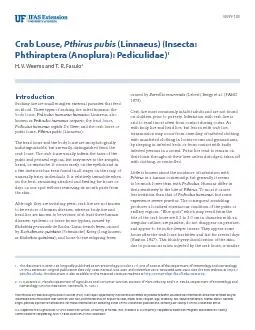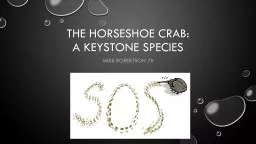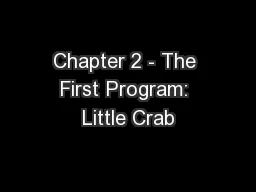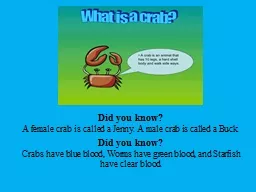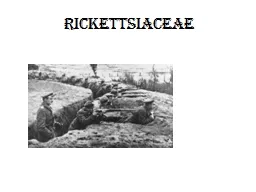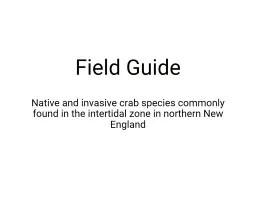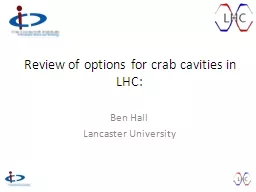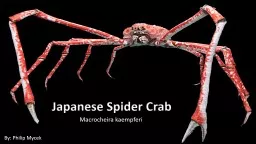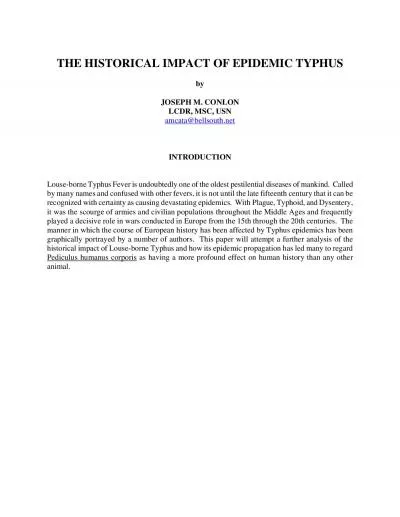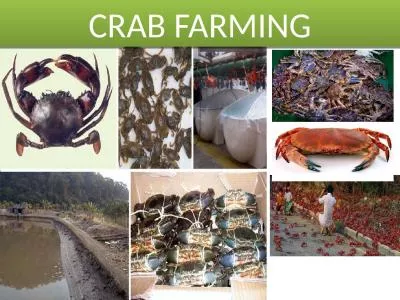PDF-Crab Louse
Author : layla | Published Date : 2021-07-06
EENY103 Pthirus pubis Linnaeus Insecta Phthiraptera Anoplura Pediculidae 1 H V Weems and T R Fasulo 2 1 This document is EENY103 originally published as DPI Entomology
Presentation Embed Code
Download Presentation
Download Presentation The PPT/PDF document "Crab Louse" is the property of its rightful owner. Permission is granted to download and print the materials on this website for personal, non-commercial use only, and to display it on your personal computer provided you do not modify the materials and that you retain all copyright notices contained in the materials. By downloading content from our website, you accept the terms of this agreement.
Crab Louse: Transcript
Download Rules Of Document
"Crab Louse"The content belongs to its owner. You may download and print it for personal use, without modification, and keep all copyright notices. By downloading, you agree to these terms.
Related Documents

